The need for research and development at the British Broadcasting Company was identified almost as soon as public service broadcasting was established in 1922. Based in Research Labs in Salford and in London, our teams continue to pioneer in research, design and engineering for broadcast and IP, collaborating with and setting the standard for research departments everywhere.
History of ±«Óãtv R&D
-
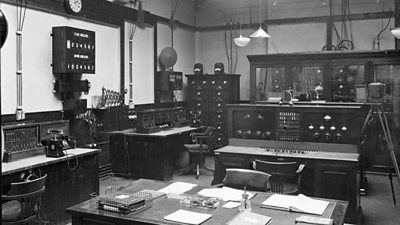
1920s
The British Broadcasting Company forms, becoming the British Broadcasting Corporation in 1927. The first ±«Óãtv Engineering staff are appointed and research & development begins. -

1930s
±«Óãtv Research Department forms and moves location twice. Early research is mainly concerned with short-wave radio, the Simultaneous Broadcast system, and Television. -
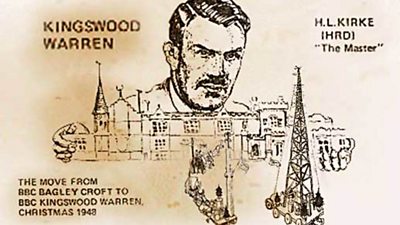
1940s
After a World War II bomb attack, the department moves to Bagley Croft followed by a permanent move to Kingswood Warren. FM radio is introduced, early tests of colour television and new magnetic recording techniques start. -

1950s
It is the decade of television. Telerecording equipment is designed and used, followed by the introduction of the department's first tape recorder and at the end of the decade, the first transatlantic television transmission takes place. -
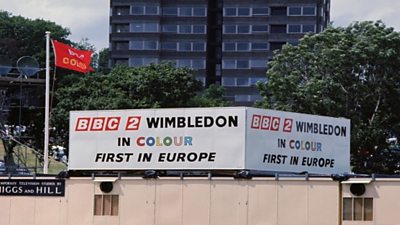
1960s
TV & radio production continues to expand. Satellite communications are used for the first time in broadcasting and by the end of the decade the nation has seen the transition to colour TV. -

1970s
The pace of development quickens as the use of integrated circuits for signal processing leads to many innovative developments, such as the launch of CEEFAX. -

1980s
A debate on how best to exploit the satellite broadcasting spectrum rages: should we use analogue, wait for digital, or a hybrid? The ±«Óãtv launches several important initiatives that the department contributes heavily to. -
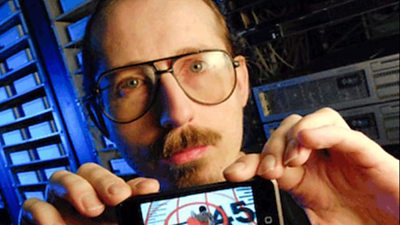
1990s
The creative work of our engineers means the ±«Óãtv enters the digital age, with the start of digital services and the ±«Óãtv website launch. The ±«Óãtv's Research and Designs departments merge to become ±«Óãtv Research & Development. -
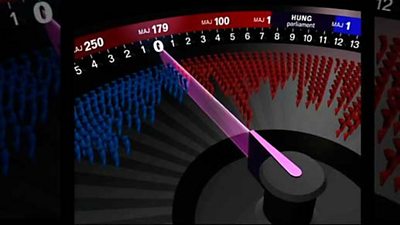
2000s
Emerging technology continues to challenge the privileged place of television and radio in people's lives. New platforms such as Freeview, Freesat and ±«Óãtv iPlayer all launch with help from ±«Óãtv Research & Development. -
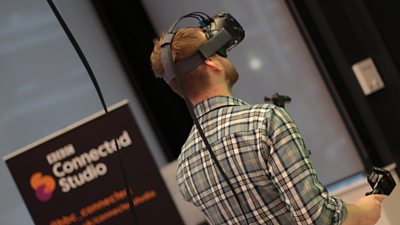
2010s
The department is heavily involved in delivering technical innovations for major sporting events held in the UK. Youview & ±«Óãtv Microbit are launched, the prototype of which is developed by ±«Óãtv Research & Development. -

2020s
R&D win awards for their work on High Dynamic Range Television
